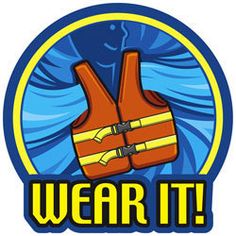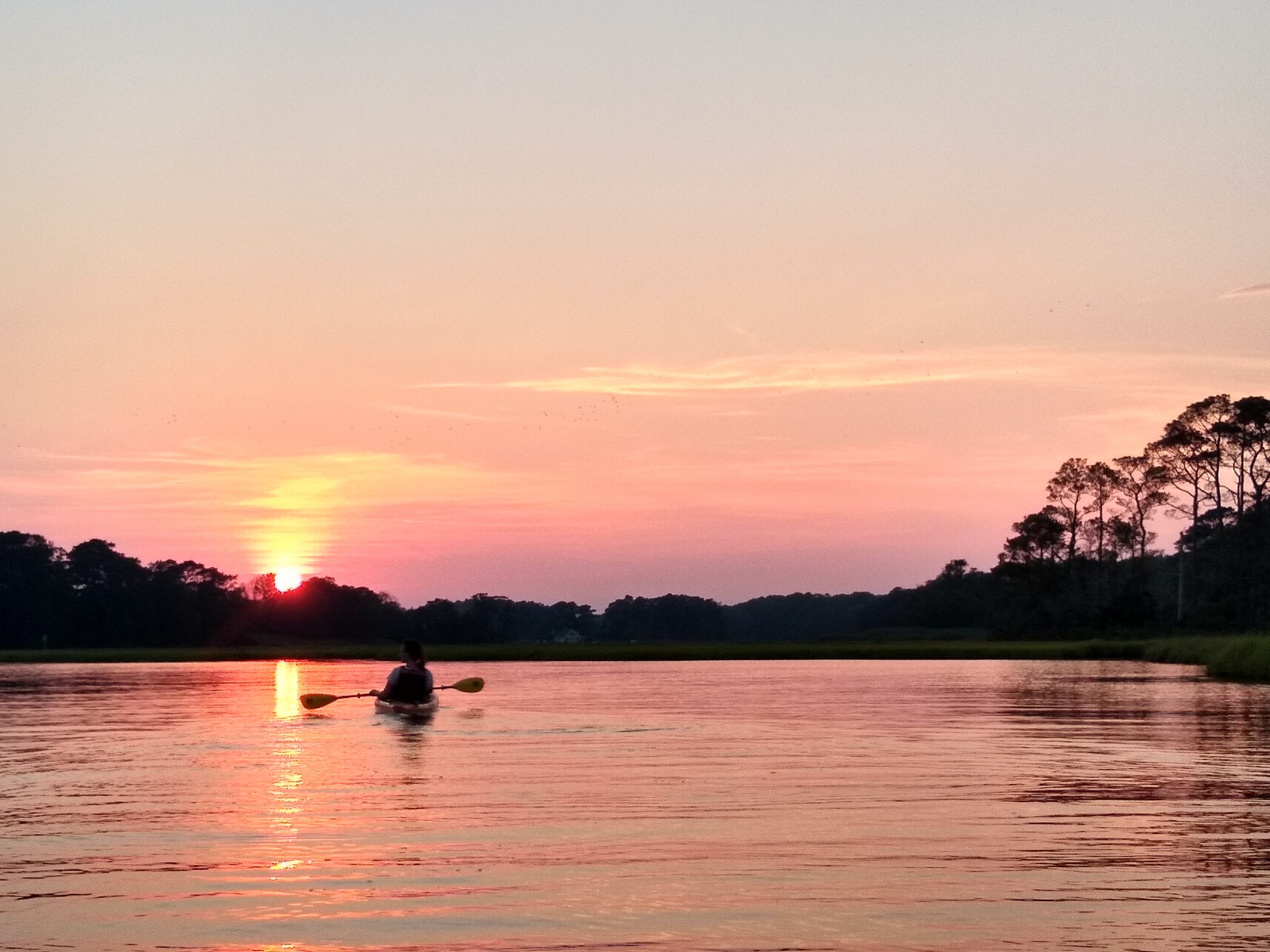Picture this. It’s August. The marine weather forecast is predicting 5 knot winds. Skies are expected to be sunny and temperatures are hovering around 80 degrees. You have no plans, except to go paddling. You call your favorite trusted paddling buddy, excited to make some plans. And that’s when they hit you with “I can’t go today.”
Wait. What? How could this be? How dare they have other plans on a beautiful day?
And that’s when you start to consider your first solo paddling trip. For some, kayaking alone is old hat. But for many people, heading out on the water without a buddy is intimidating and feels a bit risky. And it is risky. If you have a choice, always paddle with a friend. If you do choose to embark on a solo trip, we’ve compiled a checklist of important things to do and bring, to keep yourself as safe as possible.
- Choose familiar waters.
Launch at a familiar access point and paddle an area you’ve been to before – a place you know what to expect, a place where any potential hazards are already known, and a place that you know you can paddle comfortably. The last thing you want while paddling alone is unexpected currents to fight, downed trees to navigate under, a creek that’s not navigable at low tide, or more boat traffic than you’re used to.
- Know your skill level (and don’t exceed it).
Before you even begin to consider a solo paddling trip, be sure you can unload and load your vessel without the help of another person. Practice and perfect your self-rescue skills in advance. You want to be confident that in the unlikely event you capsize, that you have the strength and technique to get back in your kayak (or on your board) without help. The American Canoe Association has instructors all over the country that run courses that can help you learn these techniques.
- Check the weather forecast.
This should be done any time you paddle – with or without a buddy. Be sure that thunderstorms aren’t in the forecast, and winds are close to calm. And if it’s early in the season, adhere to the rules of cold water safety.
- Leave a float plan with a trusted friend.
Let someone know where you are going, when you expect to be back, and other important identifying information like the color of your kayak. Make sure the person you give this to is someone that is responsible and will take action if you do not return by your expected time. The U.S. Coast Guard has an excellent app in which to file a float plan with a friend. Check it out here.
- Pack your safety essentials.
 Life jacket – Wear it. Make sure it fits. Test it out when practicing your self-rescue techniques. Wear it. Wear it. Wear it.
Life jacket – Wear it. Make sure it fits. Test it out when practicing your self-rescue techniques. Wear it. Wear it. Wear it.
Communication device – at a bare minimum, bring a cell phone in a waterproof case or dry bag, and turn on your GPS/location setting. Ideally you should bring a handheld VHF radio too. Sounds expensive, but nowadays you can pick one up for around $50. In the event of an emergency, or a spot where you have no cell reception, a VHF radio can be a lifesaver. It’s best to attach the radio to your life jacket in the unlikely case you get separated from your kayak.
Water – bring more water than you think you’ll need. In fact, double it.
Extra paddle – the chances that you lose your paddle are slim, but the last thing you want is to be up a creek without a paddle! Paddles can also break, so having an extra one strapped to the bow or stern of your kayak is crucial.
Bilge pump and paddle float – if you are using a sit-in style kayak, these are essential tools for performing a self-rescue. Know how to use them and have them within easy reach.
Snacks – even if you’re not planning on going out for more than an hour, it’s always good to have some snacks. If you get delayed for any reason, having some backup snacks for a little extra energy boost can make all the difference.
First aid kit – make sure it’s fully stocked and tucked safely inside a dry bag.
Other useful items to pack in the dry bag or hatch – knife, duct tape, sunscreen, insect repellent, head lamp, waterproof matches, rope, towel, and a change of dry clothes.
- Trust your gut.
Listen to your intuition and trust your gut. If you get to the launch and something just doesn’t feel right, don’t go. Maybe there’s going to be an unexpected, pop-up thunderstorm; maybe the wind is going to pick up more than predicted – trust your gut. Again, if something doesn’t feel right, don’t go. The safest thing you can do is to skip the solo paddle entirely, and wait for a day when your paddling buddy is available. Again, how dare they have other plans on a beautiful day?
Happy (safe) water trails!
About the Author: Laura Scharle lives on the Eastern shore of Maryland and is a frequent paddler in coastal Virginia. She is a Virginia certified ecotour guide and is an independent marketing contractor with a focus in ecotourism and heritage tourism. Laura can be reached through our Eastern Shore ecotour guide listings.
